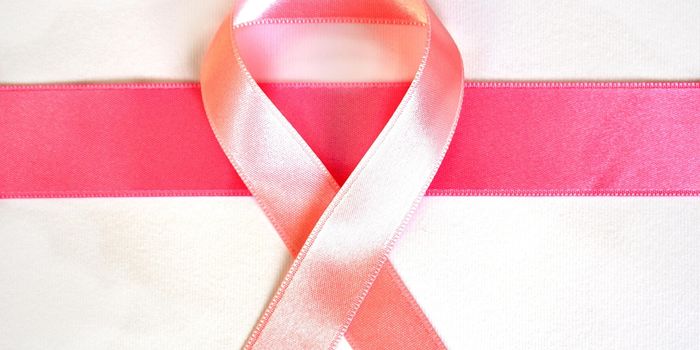Should You Worry About Flesh-Eating Bacteria?
Brushes with flesh-eating bacteria infections and in some cases, deaths caused by the infection, have made headlines this summer. The most recent report involved a fisherman in Tampa, Florida. Newsweek reports that he was wading in shallow waters and it’s assumed that the bacteria entered his system through scabs on his legs. He quickly sought hospital treatment after experiencing a fever, chills, and a burning sensation in his calf 24-hours after the fishing in the Gulf of Mexico.
Another case from Colonial Beach, Virginia is reported in the video below.
These infections are caused by the bacteria Vibrio vulnificus. According to the Centers for Disease Control and Prevention (CDC), about 12 Vibrio species can cause human illnesses. Vibrio naturally occur in coastal waters but rise in concentration during warmer summer months, May to October, during which time 80% of reported infections occur.
V. vulnificus causes skin infections when open wounds are exposed to brackish water, a mixture of salt- and freshwater. With treatment, mild infections recover within three days. When left untreated, this infection can lead to primary septicemia which causes serious illnesses, the need for limb amputations, or even ultimately death. The CDC reports that 20% of those that contract a serious V. vulnificus infection die within one to two days of becoming ill.
In an impeccably timed response to these cases, Brian Labus—an infectious disease epidemiologist—posted an informative article about flesh-eating bacteria on The Conversation. According to Labus, V. vulnificus is common in Pacific and Atlantic coastal waters in addition to the warm waters of the Gulf of Mexico. He reports that because most infections occur when ocean waters are at their warmest, there is a concern that rising ocean temperatures will allow the bacteria to thrive for longer periods and in regions where cold waters previously controlled its spread.
Labus reports that the media only reports the more serious cases of Vibrio infections and in general, these infections are rare. According to his article, the CDC estimates 205 Vibrio infections annually. Males over the age of 40 with underlying chronic health conditions more frequently contract the infection.
He clarifies that just swimming in waters containing the bacteria will not make you sick, as the bacteria must enter your body to cause infection. Some contract the infection by eating contaminated oysters with high concentrations of Vibrio. Once the bacteria enter the intestines, it can spread quickly through the bloodstream causing a systemic infection. Antibiotics can treat the infection if caught early. Additionally, as conveyed in recent news reports, V. vulnificus enters the body through cuts, burns, or other wounds. It will multiply under the skin and cause the infection known as “flesh-eating” disease, technically termed necrotizing fasciitis. These infections can also be treated with antibiotics but must be done so quickly.
To prevent any type of Vibrio infection, Labus recommends avoiding raw shellfish, especially during peak summer months. He also recommends staying out of coastal waters in regions where Vibrio is known to occur if you have any type of open wound. Those with compromised immune systems should adhere to both warnings. If you suspect you may have a Vibrio infection, seek medical care immediately.
Sources: The Conversation, Newsweek, CDC









